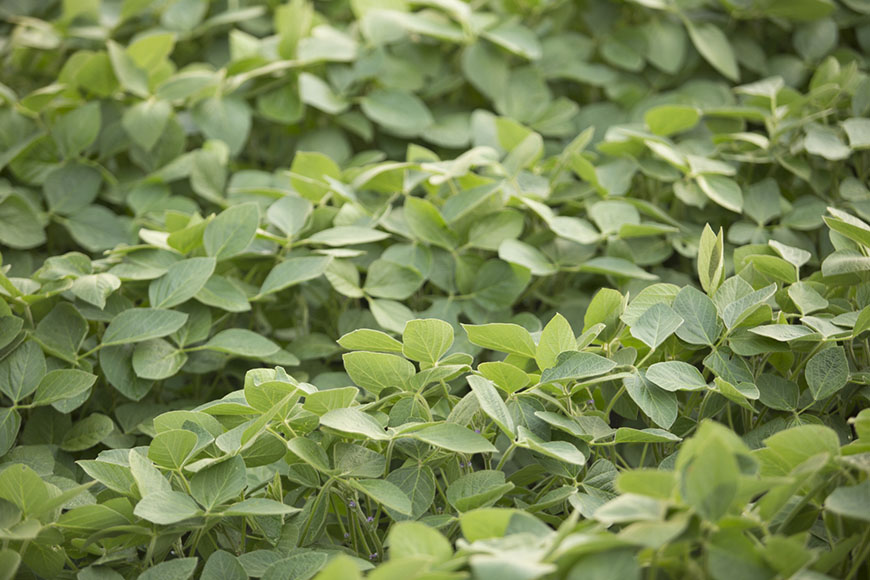As corn prices continue to fluctuate, you may be weighing the pros and cons of growing continuous soybeans. When trying to decide if back-to-back soybeans are the right choice for your field, it’s important to consider key management steps that will help you optimize the crop and achieve bottom-line results.
“Like continuous corn, soybeans following soybeans have special pest challenges and nutritional requirements farmers need to address throughout the season,” says Mark Glady, regional agronomist, WinField. Glady offers the following tips to help farmers capture optimum yield potential from continuous soybean fields.
- Check for soybean cyst nematode (SCN)
While fall is the ideal time to complete SCN soil sampling analysis, it may also be completed in the spring. If SCN counts are at 2,000 eggs per cc or higher, planting soybeans in that field is not advised. With lower SCN levels, Glady recommends planting varieties with built-in SCN resistance and using a seed treatment for best results.
- Protect against early-season diseases
Last spring’s wet, cool conditions in many areas set the stage for heavy disease pressure in soybean fields. With inoculum from diseases such as Rhizoctonia, Pythium and Phytophthora remaining on soybean plant material after harvest, this infected residue presents a serious disease threat for next year’s soybean crop. “Using a seed treatment may provide the best defense against disease damage and insect damage,” Glady notes.
- Minimize weed competition
Reducing early-season weed pressure may help give young soybean plants a strong, vigorous start. Glady recommends a two-step weed-control program starting with a preemergence herbicide application that includes residual weed control for longer-lasting protection. A second early-postemergence treatment should include glyphosate (for Roundup Ready
® soybeans) plus a second mode of action to control glyphosate-resistant weeds and help prevent additional herbicide-resistance issues.
- Don’t ignore fertility needs
Glady notes that a 50-bushel-per-acre soybean crop uses more potassium per acre than a 200-bushel corn crop. “Some farmers falsely believe that soybean crops don’t need extra fertilization,” he says. “But that couldn’t be further from the truth. If soybeans only have access to last season’s leftover nutrients, farmers may be leaving yield potential in the field.”
To determine accurate plant nutrient levels, Glady recommends taking a soil sample in the fall or spring, while there’s still time to replenish deficient nutrients before the season begins. In-season, he advises tissue sampling soybean plants at key growth stages (V4, R1 and R3) and applying deficient nutrients if needed before yield potential is jeopardized.
Contact your WinField representative for more information about growing continuous soybeans in your area.


